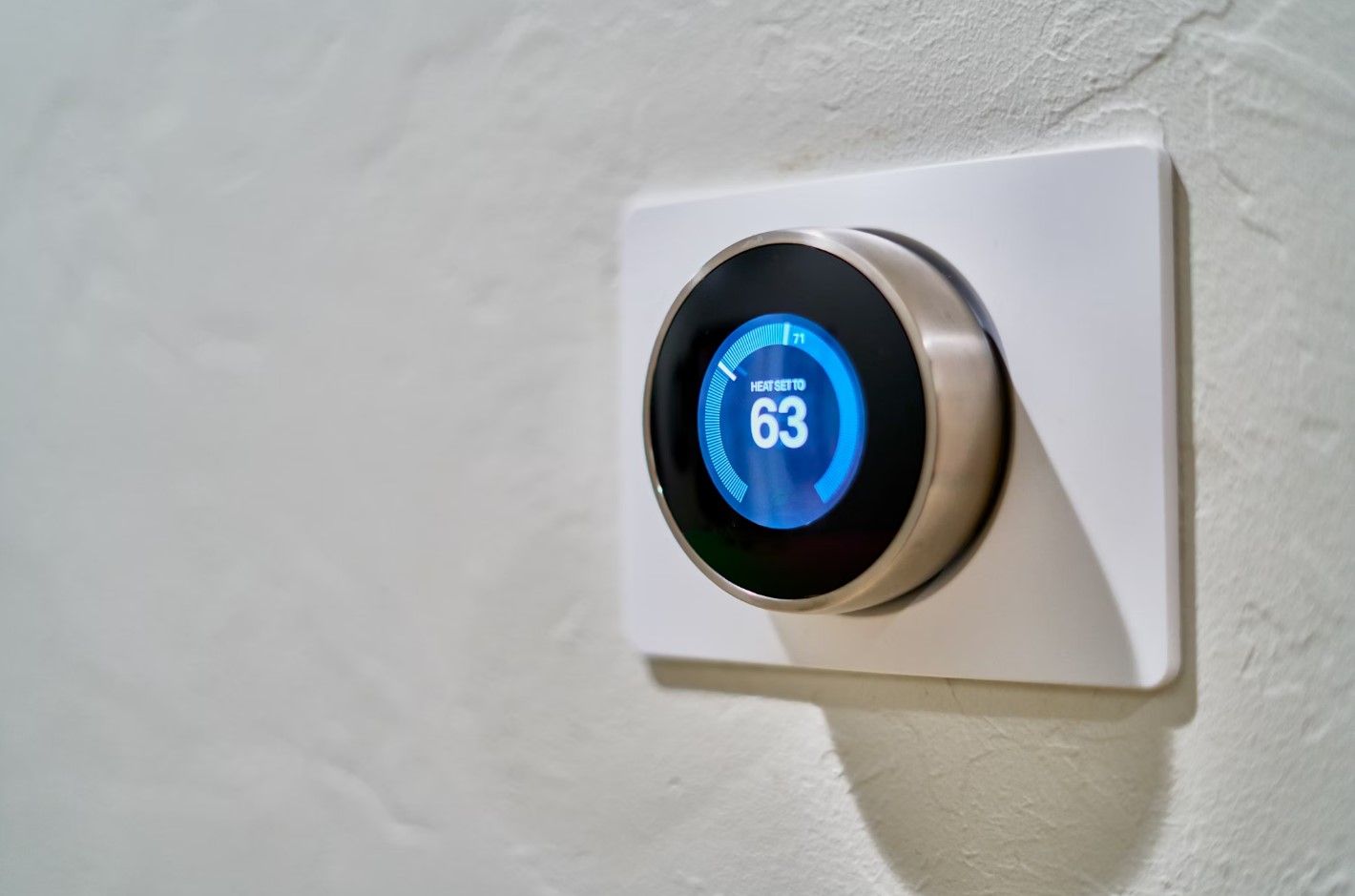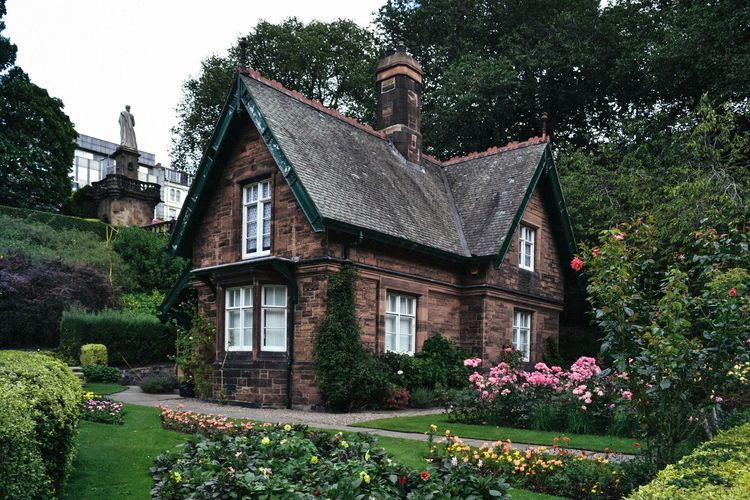Wooden Floors and Underfloor Heating: Compatibility and Considerations

Wooden flooring is a timeless and elegant choice that brings warmth and character to any home. However, with the growing popularity of underfloor heating (UFH), homeowners often wonder whether wooden floors and heated floors can work together without compromising durability and efficiency. The answer is yes, but certain precautions must be taken to ensure optimal performance and longevity. Let’s explore the compatibility of wooden floors with underfloor heating and the key nuances to consider.
Types of Wooden Floors Suitable for Underfloor Heating
Not all types of wood flooring are equally compatible with underfloor heating. The best options include:
- Engineered Wood – This is the most recommended choice due to its stability and resistance to temperature changes. Engineered wood consists of multiple layers that help prevent warping or shrinking.
- Solid Hardwood – While solid wood can be used, it is more susceptible to expansion and contraction. Choosing narrow planks and stable wood species like oak, ash, or walnut reduces these risks.
- Laminate and Parquet Flooring – High-quality laminate and parquet floors designed for UFH can also be a good option, provided they meet manufacturer recommendations.

Softwoods and highly moisture-sensitive species like beech and maple are less suitable due to their tendency to react strongly to temperature and humidity fluctuations.
Temperature Considerations
Wood is a natural material that expands and contracts with temperature changes. To prevent damage:
- The surface temperature of the wooden floor should not exceed 27°C (80°F).
- The heating system should be gradually increased and decreased to avoid sudden changes.
- A thermostat should be used to regulate the temperature and prevent overheating.
Installation Methods for Wooden Floors Over UFH
Selecting the proper installation method is essential to ensure the durability and performance of wooden floors over underfloor heating (UFH). Floating installation, often used with engineered wood, allows planks to expand and contract naturally without rigid fixation, making it ideal for fluctuating temperatures. The glue-down method, suitable for engineered wood and parquet, provides a stable bond to the subfloor, minimizing movement and ensuring even heat distribution. While nailed installation is an option, it is generally discouraged due to its tendency to restrict natural wood movement, which can lead to gaps or cracks over time.
Before installation, proper acclimation of the flooring is critical. Wood must adapt to the room’s humidity and temperature for 48–72 hours to prevent warping or buckling. This step is especially important with UFH systems, as rapid temperature changes can stress improperly prepared planks. Avoid shortcuts like nailed installation, as they compromise the floor’s ability to adjust to environmental shifts, risking long-term damage. Prioritizing acclimation and choosing flexible installation methods will help maintain both aesthetics and structural integrity.
Moisture and Humidity Control
Wood is sensitive to moisture fluctuations, making humidity control essential:
- Maintain a humidity level of 40-60% to prevent excessive drying or swelling.
- Use a moisture barrier or underlayment to protect against rising moisture from the subfloor.
- Avoid excessive wet mopping, as water can seep through gaps and cause damage.
Choosing the Right Underfloor Heating System
Two main types of underfloor heating systems can be used with wooden floors:
- Water-Based (Hydronic) UFH – Uses heated water circulated through pipes beneath the floor. This system provides gradual and even heat, making it highly compatible with wood flooring.
- Electric UFH – Uses electric cables or mats to generate heat. While effective, it heats up faster and requires careful regulation to avoid overheating the wood.

Maintenance and Care
To keep wooden floors in top condition when used with underfloor heating, it is essential to use appropriate wood floor cleaners that do not contain excessive moisture. This helps maintain the integrity of the wood while ensuring it remains clean and well-cared for. Additionally, it's important to avoid placing thick rugs over heated areas, as they can trap heat and lead to localized overheating, which may damage the floor.
Regular inspection of the floor joints is also crucial; look for any signs of excessive movement or gaps, as these can indicate potential issues that need to be addressed. If you notice that the wood starts to dry out, consider periodic oiling or re-finishing to restore its natural beauty and protect it from wear. By following these guidelines, you can ensure that your wooden floors remain in excellent condition even with underfloor heating.
Conclusion
Wooden flooring and underfloor heating can be a great combination when installed and maintained correctly. Engineered wood is the best option due to its stability, while proper temperature regulation and moisture control are essential to prevent damage. By choosing the right materials, installation methods, and care techniques, you can enjoy the comfort of a warm floor without compromising the beauty and durability of your wooden flooring.



